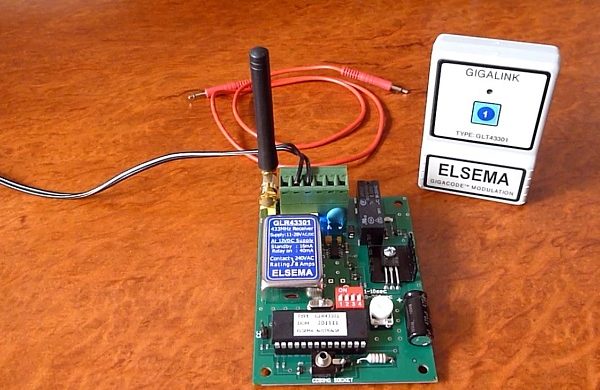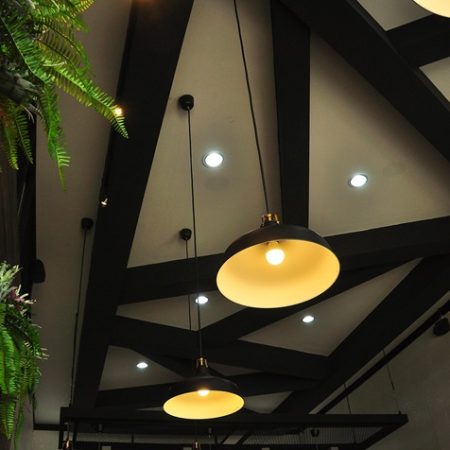03
Jan

A Simple Guide to Must-Have Nursing Essentials
Behind every caring nurse is an armoury of important tools and supplies that help them carry out their crucial duties with precision, care, and speed. Nursing requires a balance between technical skill and compassion; for this, the right equipment can make all the difference in delivering quality patient care. Whether it is monitoring vital signs, wound care, or even comfort care, nurses have the tools to get the job done and right.
Read More →23
Dec

Pinnacle of Pleasure: A Simple Guide to Adult Toys for Women
Whether enjoyed alone or with your partner, sex toys can make your sex life even more enjoyable. However, the benefits don’t stop here: you can feel the effects of using a vibrator even while you’re not in the bedroom. From stress relief to easing pain, investing in a good sex toy is thought to improve many physical and mental health conditions.
So, whether you prefer penetration or internal stimulation, a G-spot vibe or anal toy or a vibrator for external stimulation, you have come to the right place. This simple guide can be a good starting point when shopping for adult toys for women.
Read More →18
Dec

A Simple Guide to Ute Canopies
Utes are outselling every vehicle category bar SUVs, with the usual names, the Ranger, Hilux, and D-Max, taking three out of the top five cars. Much of that popularity boils down to how versatile these vehicles are. They’re spacious, tough, capable on the tarmac and off-road, and tow caravans and trailers all while sipping just a few pints of diesel over 100km. Throw in nicer interiors, modern tech, and thousands of aftermarket accessories, and you have a car that’s equally capable in the grocery run as it is hauling your tools to the worksite.
Read More →03
Dec

Understanding Nissan Spare Parts: What You Need to Know
When it comes to keeping your Nissan vehicle running smoothly, spare parts play an essential role. Whether you’re handling regular maintenance, fixing minor issues, or taking on larger repairs, having the right spare parts is critical. They ensure your car functions safely and efficiently, no matter its age or model. But with so many options available, navigating the world of Nissan spare parts can feel overwhelming.
Read More →27
Nov

A Simple Guide to Wireless Transmitters
Wireless technology has transformed how we connect, communicate, and control devices, both at home and in industry. Wireless transmitters, a key component of this evolution, enable data, audio, or video to be sent from one location to another without cables or wires. From industrial settings to consumer electronics, wireless transmitters simplify and enhance operations by reducing physical connections, allowing remote control, and enabling seamless data transmission.
This guide offers a straightforward look into wireless transmitters—what they are, how they work, their various types, and how they’re used. Whether you’re looking to improve efficiency in an industrial setting, simplify your home entertainment setup, or understand the tech behind these devices, this guide breaks down everything you need to know.
Read More →27
Nov

Ho-Ho-Helpful: Your Simple Guide to Christmas Gift Perfection
With the Christmas holidays around the corner, you have probably started thinking about what to get this year for the people you care most about. How do you find the perfect gift, and what actually makes it unique and meaningful? For those of you who don’t like the crowded stores and endless lines, or want to do things differently this year, here are some helpful ideas.
Read More →26
Nov

Enhance Your Driving Experience with a Head-Up Display
Driving today comes with a mix of challenges: staying focused, managing distractions, and keeping track of critical information while navigating. A head on display, also known as a head-up display or HUD, offers an innovative solution by projecting essential data directly into your line of sight. Originally designed for fighter pilots, this cutting-edge technology is now transforming how we drive, making it safer and more convenient for everyone on the road.
Read More →15
Nov

For the Homebrewers: A Simple Guide to Still Spirits Top Shelf Essences
Homebrewers are always looking to experiment with different taste profiles and flavourings in the quest to create unique spirits. Seasoned home beverage makers, who have tried and tested most of the essences in the local brewing shop, know very well that Still Spirits Top Shelf are the winning combination for their concoctions.
Read More →13
Nov

A Simple Guide to Choosing Your First 3D Scanner
A 3D scanner is very similar to a camera. The camera captures images in 2D and the scanner does it in 3D. It captures all the details of the shape and creates a very detailed image. These scanners work by projecting light onto an object and capturing the reflection. This creates the XYZ coordinates that will reconstruct the image. 3D scanners are very practical and can be used to make objects for everyday use and even technical parts for cars and planes.
Read More →




